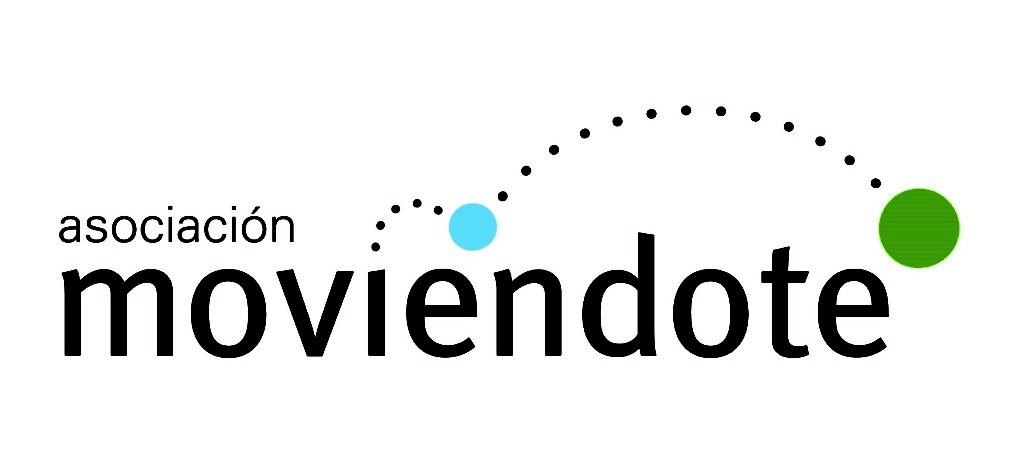By Yvonne Waddell
Work in mental health settings is often unique from other settings the community interpreter works in. When we consider that language is the principal investigative and therapeutic tool in psychiatry, (Farooq & Fear 104: 2003) the interpreting process will have a direct impact on the way that therapeutic tool is applied. As interpreters working between languages and cultures, the approach we take to interpreting utterances in this area should be considered, especially when a change in a patient’s language may have implications for their mental health state (Pedersen 2012).
As my colleague Jonathan described in his recent post, during the mental health session the interpreter will have access to the form of the language and specific linguistic information that the clinician does not since they do not understand the language of the patient. This information may be lost in translation where specific patterns of speech (such as clanging) are of a different form in the interpretation. If these types of examples are not discussed between clinician and interpreter, the subtle language-based cues indicative of illness may be missed. In addition to these linguistic and paralinguistic considerations, the area of mental health contains many challenges for the community interpreter.
The idea of considering the thought world of the other participants in the interpreted interaction is not a new one, the term first being introduced by Namy in 1977. The participant’s thought world as part of ethical decision making has been developed more extensively by Dean and Pollard (2013) in their textbook for interpreters as practice professionals. For those of us interpreting in the community for minority languages, I would suggest that we most often consider things from our minority language users’ point of view, so it can be useful to take some time considering the thought world of our majority language user/hearing participant. Working with interpreters is rarely a daily occurrence for mental health professionals. Bear in mind that this type of interaction is probably new to the professional, and the vast majority of medical professionals are only trained in the typical medical interview, where there is one other person in the room (the patient) and they share a language and culture (Rosenberg et al 2007).
Those of us in interpreting studies are aware of the advances the profession has gone through in terms of the role, degree of involvement and appropriate strategies of the interpreter. However, professionals express a preference for a conduit model of interpreter and consider a word-for-word literal translation as the most accurate (Dysart-Gale 2005, Rosenberg et al 2007, Hsieh 2010). While this fixed translation approach may be problematic for ensuring accuracy of meaning, this preference may reflect the importance of how something is said both by professionals and patients in mental health settings. The mental health professional will use deliberate and considered phrasing in their approach, and they are keen for that to be preserved in the interpretation.
However, mental health professionals who are unfamiliar with the grammar of a minority language may not realise that literal interpretations of terms are not always possible and perhaps two words in English may require several sentences in the minority language to accurately relay the meaning. If we consider an example of BSL (British Sign Language) as one of those minority languages, professionals who do not realise that BSL is a full and distinct language from English and assume that BSL is simply ‘English on the hands’, may expect the interpreter to stop signing once they have stopped speaking. As the interpreter continues to sign, although they are accurately relaying the meaning of the original utterance, if the professional doesn’t have access to what they are saying in this expanded interpretation, they may begin to feel left out of the conversation, or suspicious of what is being signed after they have stopped speaking.
In anticipation of these moments of tension that can arise, one strategy might be for the interpreter to keep the professional in the loop as to when a term may need expansion in the second language. The ideal time to have these types of discussions would be in the brief meeting the interpreter has with the professional before the appointment, or afterwards at the debriefing. While best practice in mental health interpreting research may describe the benefits and necessity of these briefing sessions (Chovaz 2013, Tribe & Lane 2009, De Bruin & Brugmans 2006, Messent 2003,) I also work in health boards across Scotland as a community interpreter, and am aware of how rare those briefing sessions can be when you are a freelance interpreter booked for a one-off job, and dilemmas occur often.
When we are faced with a dilemma in mental health settings, being aware of the mental health professionals’ communication objectives is also important in helping us come to a decision.
Let’s take another example:
Imagine you are interpreting at a counselling session. In response to one of the counselor’s questions, the client’s answer lasts for 20 minutes. The counselor actively listens to this narrative but does not interrupt. The client is signing (or speaking) very quickly and displaying strong emotions, and you are struggling to pick up some of the names and other details that are being described. You feel like you should interrupt and clarify because you might have got something wrong, and you are missing details, but you also don’t want to stop them as they are in full flow, it’s the first time they’ve really opened up about this and the counselor does not seem to be making any moves to interrupt them. This is an example of where interpreting values (such as accuracy) come into conflict with the values of the setting (the counselors’ priority of the client’s narrative). This is where dilemmas arise for interpreters. Since both values are valid, deciding which value to forfeit is a process suited to careful consideration of all contextual factors relevant to the situation. I’ve found Dean & Pollard’s Demand – Control Schema an effective taxonomy to frame this consideration of the interpreted interaction. If we know in advance that the counselor’s goal for this session is to allow the client the space to communicate their story uninterrupted and feel listened to, then we may decide to prioritise the value of the setting over repeatedly interrupting the patient to clarify terms in order to preserve accuracy. This can leave us with an uneasy feeling of, ‘I didn’t interpret properly, I should have interrupted to clarify that name.’ That uncomfortable feeling is due to the forfeiting of interpreting values, which is never an easy decision, but that feeling isn’t something we need to carry around with us, affecting our confidence and making us uncertain over whether we ‘did the right thing’. The feeling can be understood and explored in the context of a supervision session, or in debriefing with the counselor who may assure you that they were more keen on having the person express themselves that having them interrupted for less important details (for more on value conflict for interpreters see Dean & Pollard 2013 and Dean & Pollard 2015).
While interpreting in mental health settings may always be challenging, by continuing to be reflective practitioners, engaging in CPD, conducting further research in this area, and sharing good practice, perhaps we can move towards a more effective interpreting experience for all involved.
Yvonne E Waddell is a registered BSL/English Interpreter, working in community and conference settings. If you’re a regular attendee at the EdSign Lecture series you’ve probably heard her work into English, or seen her interpreting into BSL. She is currently a doctoral candidate in LINCS exploring strategies employed by mental health nurses when working with Deaf patients and sign language interpreters.
References
Chovaz, C. J. (2013). Intersectionality: Mental Health Interpreters and Clinicians or Finding the “sweet spot” in therapy. International Journal on Mental Health and Deafness, 3(1).
Dean, R. K., & Pollard, R. Q. (2013). The demand control schema: Interpreting as a practice profession. CreateSpace.
Dean, R. K., & Pollard, R. Q. (2015 in press). Re-discovering Normative Ethics in the Practice Profession of Interpreting. In L. Roberson & S. Shaw (Eds.), Signed Language Interpreting in 21st Century: Foundations and Practice. Gallaudet University Press.
De Bruin, E. & Brugmans, P. (2006) The Psychotherapist and the Sign Langauge Interpreter. Journal of Deaf Studies and Deaf Education. 11:3 Summer 2006
Dysart-Gale, D. (2005). Communication models, professionalization, and the work of medical interpreters. Health Communication, 17, 91-103.
Farooq, S., & Fear, C. (2003). Working through interpreters. Advances in Psychiatric Treatment, 9(2), 104-109.
Hsieh, E. et al (2010) Dimensions of trust: the tensions and challenges in provider-interpreter trust. Qualitative Health Research. 20 (2) 170-181
Messent, P. (2003) From postmen to makers of meaning: a model for collaborative work between clinicians and interpreters. In R. Tribe & H. Raval (Eds.), Working with interpreters in mental health. London & New York: Routledge
Namy, C. (1977) ‘Reflections on the training of simultaneous interpreters: A metalinguistic approach.’ In Gerver, D., & Sinaiko, H. W. Eds. Language interpretation and communication (Vol. 6). New York. Plenum Publishing Corporation. p25-33
Pedersen, D. D. (2013). Psych Notes: Clinical Pocket Guide. FA Davis.
Rosenberg, E., Leanza, Y., & Seller, R. (2007). Doctor-patient communication in primary care with an interpreter: Physi- cian perceptions of professional and family interpreters. Patient Education and Counseling, 67, 286-292.
Sutton-Spence, R., & Woll, B. (1998). The linguistics of British Sign Language: an introduction. Cambridge University Press.
Tribe, R., & Lane, P. (2009). Working with interpreters across language and culture in mental health. Journal of Mental Health, 18(3), 233–241.














































